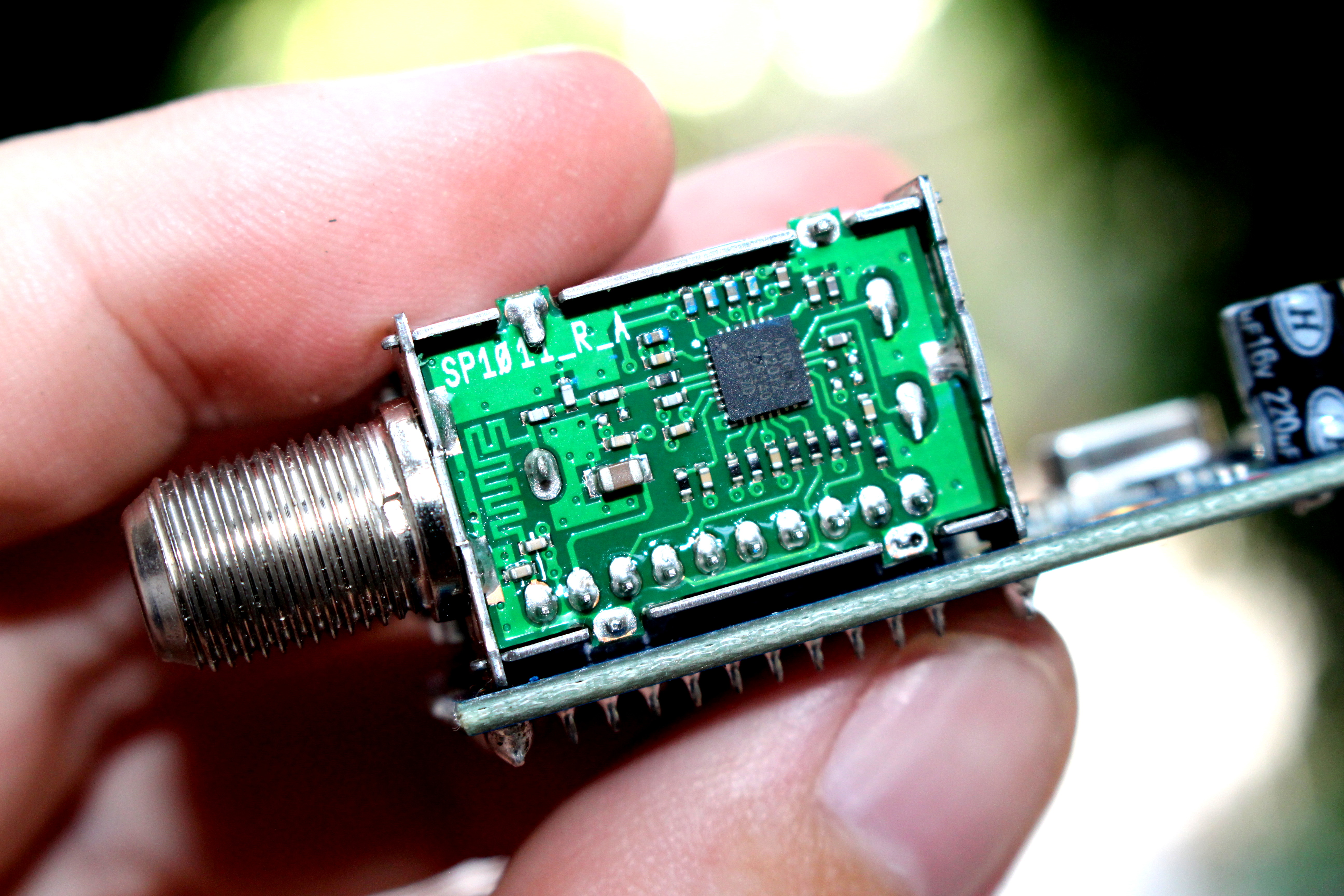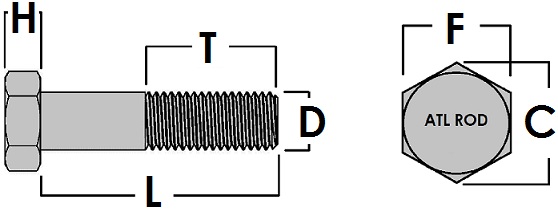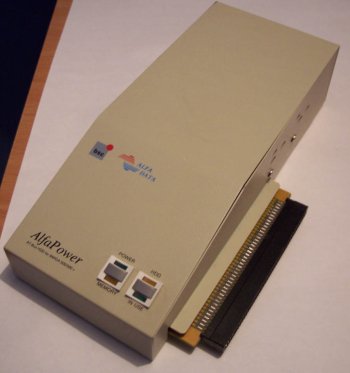Amiga 500 Side Expansion Slot
- Amiga 500 Side Expansion Slots
- Amiga 500 Side Expansion Slot Machines
- Amiga 500 Side Expansion Slot Car
- Amiga 500 Side Expansion Slot Pinout
Amiga peripherals
There were a great many peripherals available for the Amiga range of computers. We will concentrate on the official peripherals available from Commodore on this site, but there were many more from other manufacturers, such as GVP (Great Valley Products), Phase 5 Digital Products, and many, may others. There are even some manufacturers still producing and selling brand new peripherals, such as Individual Computers.
2017-12-24: Amiga 500 Restoration 2018-01-05: Retrobrighting I 2018-02-05: A501 Memory Expansion 2018-02-05: Mouse and Mainboard Maintenance Amiga Memory — The Basics When the Amiga 500 was first introduced, it came with 512KB of memory. That was already double the amount the original Amiga 1000 had, but still not a whole lot. This high quality, low cost memory expansion doubles your Commodore Amiga 500 Plus graphics (Chip) memory which is useful for WHDLOAD games and most programs such as Personal Paint. System RAM will be increased from the standard 1MB (1 megabyte) to 2MB (2 megabyte). Installation is straight forward process: simply slot the A500™ memory.
While some peripherals can be used with almost any Amiga, this depends on how they connect to the machine. For example, every Amiga model, asides from the CD32, has an external disk drive port, which is a female DB23 connector. So anything designed to connect to this should, at least in theory, work with any Amiga – with the obvious exception of the CD32.
So, in order for us to have a sensible discussion regarding peripherals for the Amiga computers, we first need to discuss what methods there are of connecting them to the Amiga.


As mentioned, every Amiga model, asides from the CD32, has an external disk drive connector.
They all also have (once again, asides from the CD32), a standard RS232 25 pin (male DB25) serial port, a standard Centronics 25 pin (female DB25 on all models but Amiga 1000, which has male DB25) Parallel port, and a 23 pin RGB Video out port (male DB23).
Every single Amiga model features 2 “Atari style” 9 pin joystick (male DE9) ports for connecting a mouse, joystick or various other devices.
The Amiga 1000, Amiga 500 and Amiga 500 plus, all feature what is commonly referred to as the Zorro expansion port, an 86-pin edge connector, which enables the addition of many peripherals. While the Amiga 1000, Amiga 500 and Amiga 500 plus models share the same connector, it must be said that on the Amiga 500 and Amiga 500 plus it is located at the left edge of the machine, while on the Amiga 1000, it is on the right edge. So while you can use peripherals designed for the Amiga 1000 Zorro expansion on the Amiga 500 and Amiga 500 plus, it will be rotated 180 degrees (so back-to-front), and the same goes for using anything designed for the Amiga 1000 on an Amiga 500 or Amiga 500 plus.
The “big box” Amiga models – the Amiga 2000, Amiga 3000, Amiga 3000 Tower, Amiga 4000 and Amiga 4000 tower, all had several different kinds of internal expansion slots, suitable for adding various peripherals. They all had at least one video slot, which provided access to the video signals within the machine. The Amiga 2000 had what was called “Zorro 2″ slots, which were 100 pin, 16-bit slot connectors. The Amiga 3000, Amiga 3000 Tower, Amiga 4000 and Amiga 4000 Tower all had “Zorro 3” slots, which were backwards compatible with most Zorro II expansions, but were 32-bit and capable of extra speed due to multiplexing the bus.
The Amiga 2000, Amiga 3000, Amiga 3000 Tower, Amiga 4000 and Amiga 4000 Tower all also had a CPU expansion slot. in the Amiga 2000 this was an 86-pin slot. In the Amiga 3000, Amiga 3000 Tower, Amiga 4000 and Amiga 4000 Tower the CPU slot was the same 200 pin slot, in fact the A3640 CPU card that was in the Amiga 4000/040 was designed for the Amiga 3000, but wasn’t available until after the Amiga 4000/040 was launched.
It has to be said that one of the opportunities that Commodore really missed with the Amiga product line was selling peripherals to go with the machines, and as a result, companies such as GVP made much more money selling various peripherals to Amiga owners, often because Commodore didn’t offer the peripherals that people wanted, such as 68030-based accelerators for the Amiga 500, or pretty much anything for the Amiga 1200.
| Amiga 1000 | Amiga 500 | Amiga 500 plus | Amiga 600 | Amiga 1200 | |
| External Disk drive: | Yes | Yes | Yes | Yes | Yes |
| Serial port: | Yes | Yes | Yes | Yes | Yes |
| Parallel port: | Yes | Yes | Yes | Yes | Yes |
| Expansion buses: | 1 Zorro edge connector | 1 Zorro edge connector | No | No | A1200 trapdoor |
| RAM expansion: | Front Memory Expansion Slot | 56-pin Trapdoor Slot | 56-pin Trapdoor Slot | PCMCIA Type-II Card Slot and 40-pin Trapdoor Slot | PCMCIA Type-II Card Slot and A1200 trapdoor |
| Disk type: | Double Density 3.5″ Floppy | Double Density 3.5″ Floppy | Double Density 3.5″ Floppy | Double Density 3.5″ Floppy, 2.5″ IDE Controller | Double Density 3.5″ Floppy, 2.5″ IDE Controller |
| Amiga 2000 | Amiga 3000 | Amiga 3000T | Amiga 4000 | Amiga 4000T | |
| External Disk drive: | Yes | Yes | Yes | Yes | No |
| Serial port: | Yes | Yes | Yes | Yes | Yes |
| Parallel port: | Yes | Yes | Yes | Yes | Yes |
| Expansion buses: | 5 Zorro II slots, 2 16-bit ISA slots, 2 8-bit ISA slots, 1 OCS/ECS Video Slot 1 86-pin CPU Fast Slot | 4 Zorro III slots, 2 16-bit ISA slots 1 ECS Video Slot, 1 200pin CPU Fast Slot | 5 Zorro III slots, 4 16-bit ISA slots, 1 ECS Video Slot 1 200pin CPU Fast Slot | 4 Zorro III slots, 3 16-bit ISA slots, 1 AGA Video Slot | 5 Zorro III slots, 4 16-bit ISA slots, 2 AGA Video Slots |
| RAM expansion: | No | DIP Sockets for Chip RAM ZIP sockets and DIP sockets for fast RAM | DIP Sockets for Chip RAM ZIP sockets and DIP sockets for fast RAM | 4 72-pin SIMM slots | 4 72-pin SIMM slots |
| Disk type: | Double Density 3.5″ Floppy | High Density 3.5″ Floppy, SCSI-II controller | High Density 3.5″ Floppy, SCSI-II controller | High Density 3.5″ Floppy, 3.5″ IDE Controller | High Density 3.5″ Floppy, 3.5″ IDE Controller, SCSI-II controller |

| CDTV | Amiga CD32 | |
| External Disk drive: | Yes | No |
| Serial port: | Yes | Yes (6-pin mini-DIN) |
| Parallel port: | Yes | No |
| Expansion buses: | No | 182pin CD32 |
| RAM expansion: | No | No |
| Disk type: | Compact Disk (CD-ROM) | Compact Disk (CD-ROM) |
Below we have listed only official Commodore peripherals, and which machine they were designed to be used with:
For the Amiga 1000, there were several peripherals available:
- A1010: External Double density 3.5″ Disk drive.
- A1050: Memory expansion.
- A1060: Intel 8088 @ 4.77Mhz PC sidecar for the A1000
- A1300: Genlock for the Amiga 1000
For the Amiga 2000:
- A2031: PAL Video modulator, allowing colour and monochrome composite RCA video out, along with a DIN connector providing RF modulated video and stereo sound output.
- A2032: NTSC Video modulator, allowing colour and monochrome composite RCA video out, along with a DIN connector providing RF modulated video and stereo sound output.
- A2052: RAM expansion, allowing up to 2MB Fast RAM.
- A2058: RAM expansion, allowing up to 8MB Fast RAM.
- A2060: Arcnet networking interface.
- A2065: Ethernet networking interface.
- A2088T: IBM XT PC Bridgecard (NEC V20 CPU running at 4.77MHz/7.15MHz/9.54MHz, 640KB RAM).
- A2088XT: IBM XT PC Bridgecard (Intel or clone 8088 CPU running at 4.77MHz, optional 8087 FPU, 512KB RAM)
- A2090: First Generation DMA Disk controller supporting 7 SCSI and/or 2 ST-506 drives.
- A2090B: A card that provides autoboot for the A2090
- A2090A: First Generation DMA Disk controller supporting 7x SCSI and/or 2x ST-506 drives, with Autoboot
- A2091: Second generation DMA Disk controller supporting 7x SCSI and/or 2x XT* drives and 512K/1M/2MB AutoConfig FastRAM
*The header for the XT drive was normally not installed, and only SCSI drives were used. - A2232: 7-port Serial card
- A2286AT: IBM AT PC Bridgecard (Intel or clone 80286 running at 8Mhz, optional 80287 FPU, 1MB RAM)
- A2300: NTSC Genlock
- A2301: PAL Genlock
- A2230: Scandoubler/Deinterlacer card, providing standard HD15 VGA output at 31.5kHz, suitable for display on a standard VGA screen.
- A2386SX: IBM 386SX PC Bridgecard (Intel 80386 or clone CPU running at 16/20/25Mhz, optional 80387 FPU, 1MB RAM)
- A2410: SVGA style graphics card, with standard HD15 VGA output.
- A2620: accelerator board, with 68020 CPU running at 14MHz, 68851 MMU, 68881 FPU running at 14MHz, up to 4MB Fast RAM.
- A2630: accelerator board, with 68030 CPU running at 25MHz, 68882 FPU running at 25MHz, up to 4MB Fast RAM.
For the Amiga 500 and Amiga 500 plus:
Amiga 500 Side Expansion Slots
- A501: 512KB RAM upgrade and clock.
- A501+: 1024KB RAM upgrade, optional clock.
- A520: Amiga RGB to RF output modulator, provided colour RF output and monochrome composite video via RCA connectors.
- A560: Arcnet network interface, optional RAM expansion for up to 1MB Fast RAM.
- A570: A500/500+ single speed (153KB/sec) CD-ROM unit, made the Amiga 500 compatible with titles designed for the CDTV.
- A590: A500/500+ SCSI/XT/RAM unit (functionally equal to the A2091)
For the Amiga 3000, Amiga 3000 Tower, Amiga 4000 and Amiga 4000 Tower:
Amiga 500 Side Expansion Slot Machines
- A3630: 68030 CPU running at 25MHz, optional 68881 or 68882 FPU in either PLCC or PGA package. Pre-installed in early Amiga 4000/030 machines.
- A3640: 68040 CPU running at 25MHz. Pre-installed in Amiga 4000/040 machines.
For the CDTV:
- CD1300: NTSC Genlock.
- CD1301: PAL Genlock.
Amiga 500 Side Expansion Slot Car
For the Amiga 4000 and 4000 Tower:
- A4091: Fast SCSI 2 DMA controller
For the CD32:
- Full Motion Video module: Allows playback of CD-i or Video CDs on the CD32.

Amiga 500 Side Expansion Slot Pinout
More...